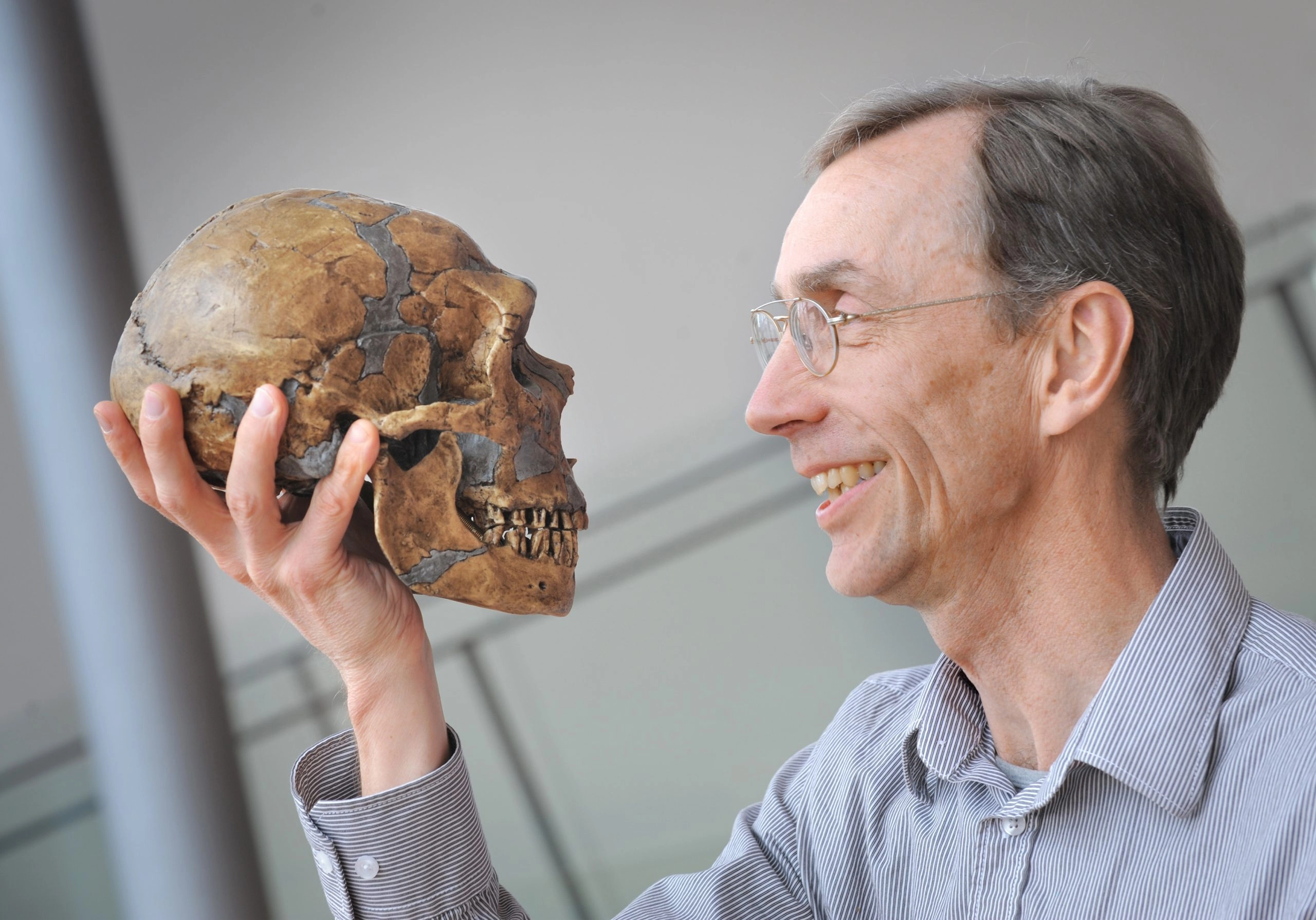A Gene Makes History
TKTL1 was discovered more than 25 years ago – in the early 1990s, Dr. Johannes Coy, who was then conducting research at the DKFZ in Heidelberg, identified the gene. Convinced that he had found an important gene, Coy continued his research. He did so even though the gene was initially entered into the database as a defective gene due to several missing important amino acids. This, in turn, led to the conclusion that it would not require further attention, even if the gene reappeared in research.
Coy, however, realized that – in evolutionary terms – small mistakes can also create improvements, and so he kept at it.
Interview with Dr. Johannes Coy – 15 Answers to the Gene TKTL1
In the years that followed, he explored the role of TKTL1 in cell metabolism – with interesting results. We know, for example, that the gene is not active in the heart muscle and therefore no fermentation metabolism can take place there. This protects the heart muscle from cancer, even though it is in constant contact with tumor cells circulating in the blood when a disease occurs.
New Insights into the Warburg Effect
In connection with his research, Coy also reinterpreted the “Warburg effect” which has discovered by Otto Warburg in 1923/1924: Coy found that the fermentation of sugar to lactic acid, i.e. an anaerobic cell metabolism in the presence of oxygen, is not only used by cancer cells. This metabolism also protects healthy cells in our body, for example the cells in our retina, which are particularly exposed to sunlight, or sperm cells, which need special protection from DNA mutations. And finally, all our cells switch to fermentation metabolism during the sensitive process of cell division. This is only made possible by the activity of the TKTL1 gene.
Convinced that this gene also had great potential for diagnostics, Coy began work on a TKTL1-based blood test for detecting cancer in 2007. This work resulted in the PanTum Detect® blood test, which today is part of HanseMerkur Insurance’s “Krebs-Scan”, a program for the early detection of cancer.
Nobel Prize 2022
With the award of the Nobel Prize to Svante Pääbo in 2022, the presence of this key gene in the media will reach a temporary peak. A large number of international studies give an idea of the possibilities that will arise – or have already arisen, especially in the field of medicine.

Prof. Dr. Svante Pääbo | Image Source: ©Frank Vinken
A Gene Makes History
TKTL1 was discovered more than 25 years ago – in the early 1990s, Dr. Johannes Coy, who was then conducting research at the DKFZ in Heidelberg, identified the gene. Convinced that he had found an important gene, Coy continued his research. He did so even though the gene was initially entered into the database as a defective gene due to several missing important amino acids. This, in turn, led to the conclusion that it would not require further attention, even if the gene reappeared in research.
Coy, however, realized that – in evolutionary terms – small mistakes can also create improvements, and so he kept at it. In the years that followed, he explored the role of TKTL1 in cell metabolism – with interesting results. We know, for example, that the gene is not active in the heart muscle and therefore no fermentation metabolism can take place there. This protects the heart muscle from cancer, even though it is in constant contact with tumor cells circulating in the blood when a disease occurs.
Interview with Dr. Johannes Coy – 15 Answers to the Gene TKTL1
New Insights into the Warburg Effect
In connection with his research, Coy also reinterpreted the “Warburg effect” which has discovered by Otto Warburg in 1923/1924: Coy found that the fermentation of sugar to lactic acid, i.e. an anaerobic cell metabolism in the presence of oxygen, is not only used by cancer cells. This metabolism also protects healthy cells in our body, for example the cells in our retina, which are particularly exposed to sunlight, or sperm cells, which need special protection from DNA mutations. And finally, all our cells switch to fermentation metabolism during the sensitive process of cell division. This is only made possible by the activity of the TKTL1 gene.
Convinced that this gene also had great potential for diagnostics, Coy began work on a TKTL1-based blood test for detecting cancer in 2007. This work resulted in the PanTum Detect® blood test, which today is part of HanseMerkur Insurance’s “Krebs-Scan”, a program for the early detection of cancer.
Nobel Prize 2022

Prof. Dr. Svante Pääbo | Image Source: ©Frank Vinken
With the award of the Nobel Prize to Svante Pääbo in 2022, the presence of this key gene in the media will reach a temporary peak. A large number of international studies give an idea of the possibilities that will arise – or have already arisen, especially in the field of medicine.
